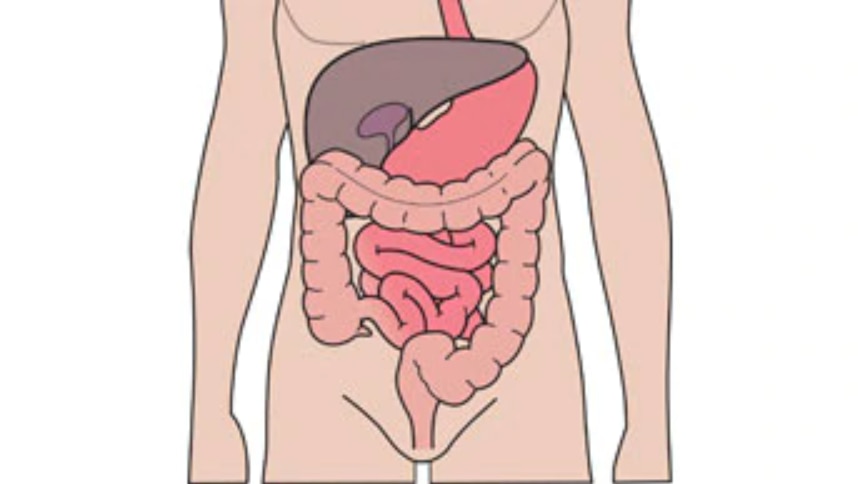Get full access with a free account
Benefits of the Coloplast® Professional Educational platform
![]() Full access to educational content, events and resources
Full access to educational content, events and resources
![]() Track your progress
Track your progress
![]() Share content with your colleagues
Share content with your colleagues
![]() Share supporting material with your patient
Share supporting material with your patient

Anatomy and physiology of the digestive and urinary systems
The digestive system is one of the body's major organ systems. The digestive tract handles the digestion and processing of food.
Digestive system
The digestive tract stretches some nine metres from the mouth to the anus and is divided into different sections. Each section processes food in a specific way to prepare it for the next section of the digestive tract, until the waste finally leaves the intestinal tract as faeces.
Functions of the digestive system:
- Mechanical and chemical breakdown of food into basic nutrients
- Absorption of nutrients into the blood
- Processing and elimination of waste
A number of organs work alongside the digestive tract, producing fluids and enzymes to aid indigestion:
- Salivary glands in the mouth
- Acid fluids in the stomach
- Liver and gallbladder
- Pancreas
The gastrointestinal tract comprises:
- Mouth
- Oesophagus
- Stomach
- Small intestine – jejunum & ileum
- Large intestine – colon
- Rectum
- Anus
The intestinal wall consists of several layers
The small intestine is approximately 5–7 m long in adults. It is divided into three main parts:
- Duodenum
- Jejunum
- Ileum
The jejunum and ileum are connected to the abdominal wall by the mesentery. The mesentery contains arteries, veins and lymph vessels that ensure the transport of oxygen and nutrients to and from the small intestine.
The large intestine is approximately 1–2 m long in adults. It is divided into six parts:
- Ascending colon
- Transverse colon
- Descending colon
- Sigmoid colon, the S-shaped structure
- Rectum: final part of the digestive tract. Stool collects in the rectal ampulla. A filled ampulla initiates the urge to empty the bowels
- Anus, terminal opening of the digestive system
